Hidden Secrets of the “Kims’ Fortress” and the Birth of North Korea
Rokna Political Desk: The Secrets Behind North Korea’s Formation: How Kim Il-sung, with Stalin’s support and communist ideology, built a socialist government that, through the suppression of opponents and Cold War tensions, shook the boundaries of the world. A story of division, ambition, and a fortress that has preserved its secrets to this day.
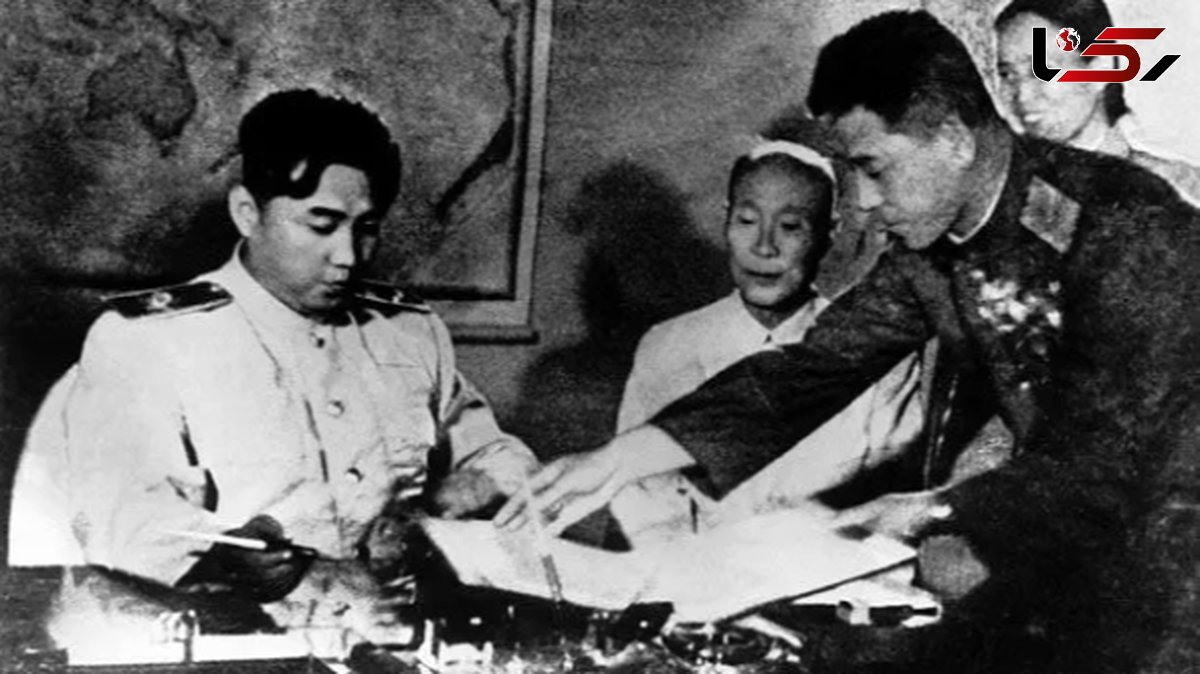
On September 9, 1948 (18 Shahrivar 1327), the Democratic People’s Republic of Korea—commonly known as North Korea—was officially established following one of the bloodiest conflicts of the modern era.
According to Rokna North Korea had historically been part of a unified Korea, tracing its roots back to ancient times. However, World War II and the emergence of the Eastern and Western blocs divided the nation into two separate and unfamiliar worlds. In the north, the communist ideology created a protective barrier against what was perceived as a contaminated external world. But how was this enclosed world born?
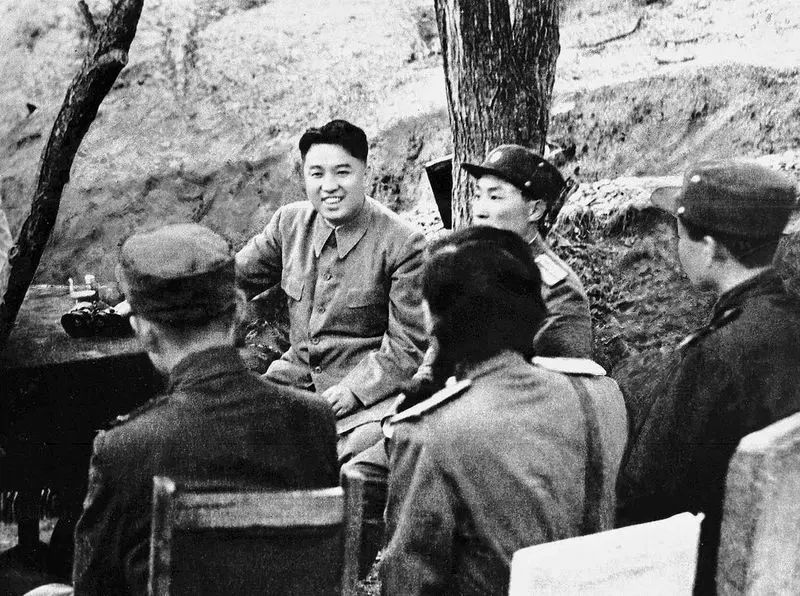
1945: The Return of Kim Il-sung
Imagine it is 1945. The sky over Pyongyang, the northern capital of the Korean Peninsula, still carries the smoke and dust of World War II. Japan, which had ruled Korea as a colony for 35 years, had surrendered, and Soviet forces were advancing from the north. Amidst this turmoil, a young man named Kim Il-sung—whose name means “Kim, the rising sun”—returned from exile in Siberia. He was not only an anti-Japanese guerrilla but also a symbol of the communist future the Soviets envisioned for northern Korea.
Yet, this story goes beyond a simple narrative of the peninsula’s division. It is full of hidden twists: missteps by the Soviets, bloody internal purges, public distrust of the new leader, and the often-forgotten role of Christians in an industrializing north. The establishment of the Democratic People’s Republic of Korea (DPRK) on September 9, 1948, was not a sudden victory but the result of a chain of events emerging from Japanese colonialism, the nascent Cold War, and Kim’s personal ambitions.
Bitter Roots: Japanese Colonialism and the Seeds of Resistance
North Korea’s story begins in the 20th century with Japan’s occupation of Korea in 1910. Following its victory in the Russo-Japanese War (1904–1905), Japan captured Korea as a “strategic colony” for resources and labor. Northern Korea, with its mountainous terrain, became Japan’s industrial hub: coal mines, hydroelectric dams, steel factories, and armaments plants. Over 65% of Korea’s heavy industry was concentrated in the north, while the south remained largely agricultural.
This industrialization came with brutal repression. The Japanese banned the Korean language, destroyed Buddhist temples, and forced thousands of Korean women into sexual slavery. In the north, where Christianity had spread since the late 19th century through Western missionaries—Pyongyang was even called the “Jerusalem of the East”—churches became centers of resistance.
Kim Il-sung: From Exile to Power
Into this chaos stepped Kim Il-sung (born Kim Sung-ju in 1912 near Pyongyang). His family was Protestant, but Kim gravitated toward communism. At age 17, he joined the Korean Communist Youth League and was arrested in 1929 for underground activities. Fleeing to Manchuria (northeast China), he became part of the anti-Japanese resistance, joining the Chinese Communist Party in 1931 and serving in the Northeast Anti-Japanese Army. In 1935, at age 23, he adopted the name Il-sung upon being appointed political commissar.
As Japanese repression intensified in 1940, Kim and twelve guerrillas crossed the Amur River to the Soviet Union. There, at the Vyatskoye camp, he received military training and served as a captain in the Red Army’s 88th Brigade. This exile not only saved his life but also made him a tool of Stalin—an interesting detail showing that Kim, prior to his return, was more a Soviet officer than a Korean nationalist leader.
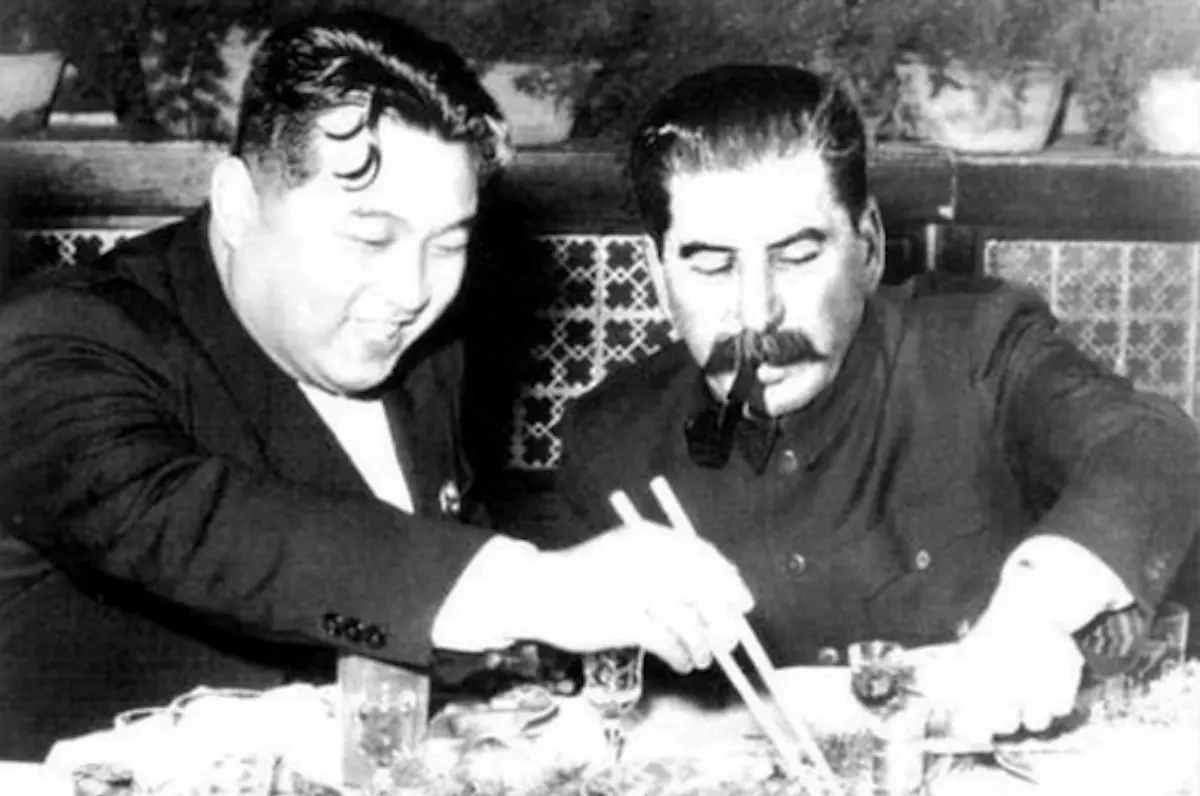
The Peninsula Divided: A Line That Changed the World
The end of World War II in August 1945, marked by the atomic bombings of Hiroshima and Nagasaki, forced Japan’s surrender. The United States, without consulting the Soviets, proposed dividing Korea along the 38th parallel—assigning the north (9 million people and industry) to the Soviets and the south (16 million people and agriculture) to the U.S. This decision, made on October 10, 1945, was initially temporary, with plans to reunify Korea after the complete military situation was resolved. Soviet forces reached Pyongyang on August 24, while Americans did not enter the south until September 8, allowing the Soviets to consolidate control in the north.
Across Korea, People’s Committees, inspired by the Korean Independence Committees, emerged. In September 1945, the People’s Republic of Korea was declared, led by Cho Man-sik, a Christian nationalist and moderate anti-communist in Pyongyang. This reflected the Soviet desire initially for non-communist leadership. However, at the Moscow Conference in December 1945, the Soviets and U.S. agreed on a “five-year administration” plan for Korea. Cho openly opposed this and was imprisoned in January 1946.
On September 19, 1945, Kim Il-sung returned to Wonsan with 66 Korean Red Army officers. His Korean was weak due to years in China and Russia, but on October 14, the Soviets introduced him as a “guerrilla hero.” Soviet General Terenti Shepilov appointed Kim as First Secretary of the northern branch of the Korean Communist Party. In December 1945, the North Korean Communist Party was formed and merged in August 1946 with the new People’s Party to establish the Workers’ Party of North Korea.
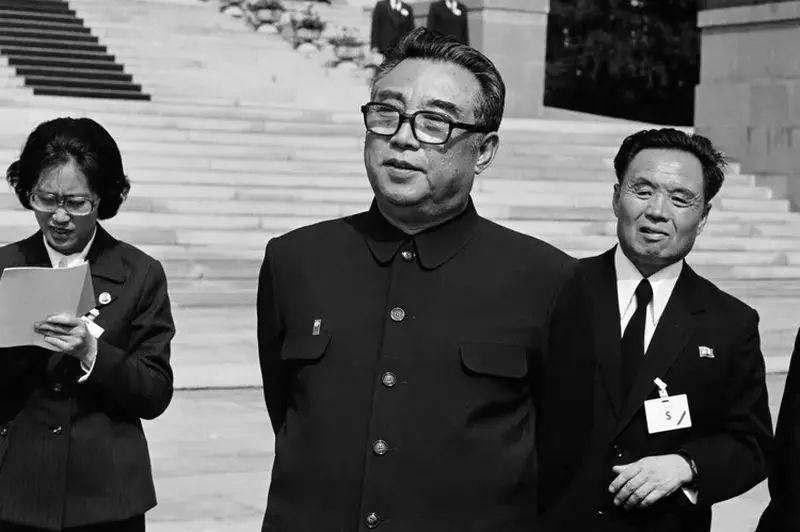
Building the Kims’ Fortress
In February 1946, Kim took the oath as head of the People’s Committee of North Korea, becoming the first Korean administrative leader in the north. The committee quickly implemented socialist reforms: land redistribution to peasants, nationalization of industries, eight-hour workday laws, gender equality, and public healthcare. The industrial north rapidly developed a strong economy under Soviet oversight.
The Korean People’s Army (KPA), established in 1948, was formed from Kim’s guerrillas and former soldiers. The Soviets supplied modern equipment—tanks, artillery, and MiG-15 aircraft—and trained Korean pilots in Russia and China.
Opposition existed, however. Local residents and returning exiles in the north resisted Kim’s communist policies. With Soviet backing, Kim overcame his opponents and consolidated power.
The August 1948 elections, controlled by communists, created an assembly that passed the constitution on September 3. On September 9, the DPRK was officially declared, with Kim as premier. The UN recognized only the south, while the north claimed the entire peninsula, signaling ongoing conflict.
Kim, strongly influenced by Soviet communism, pursued transforming Korea into a Soviet-style state, though he presented his policies as inherently Korean. Until his death in 1994, he remained loyal to his Stalinist communist beliefs, cultivating a personality cult to embed these ideologies in the population. He did not hesitate to isolate the country, seeing it as essential for building an ideal communist society.
Kim only looked beyond North Korea when he aimed to bring the entire peninsula under communism. The ensuing war, costing millions of lives, proved he had to confine his ambitions to his self-made fortress—the Kims’ Fortress.
Today, the key to the fortress lies with the third and youngest Kim, who, unlike his predecessors, occasionally ventures outside but has so far allowed no one else to leave. For 77 years, the Kims’ fortress has maintained its isolated existence.
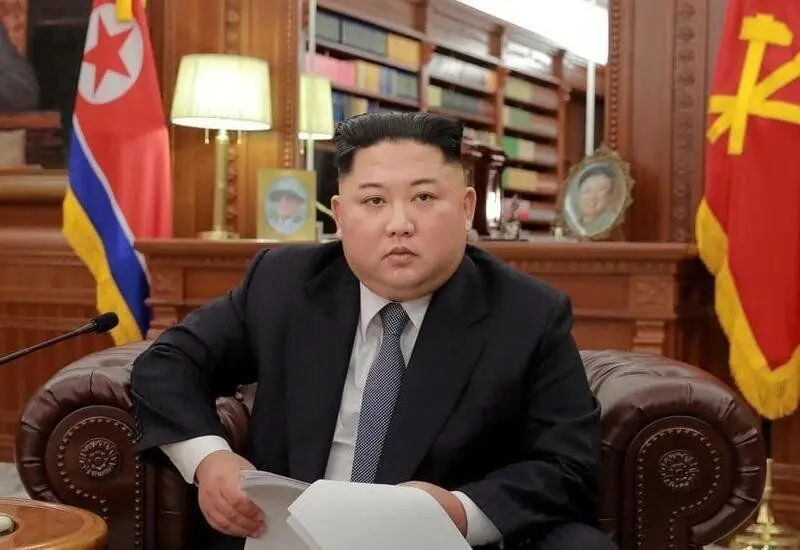
Send Comments